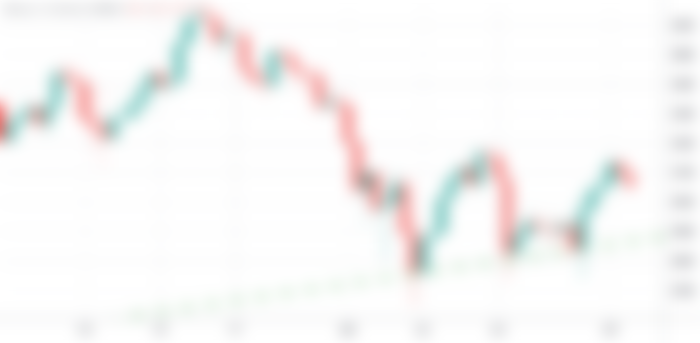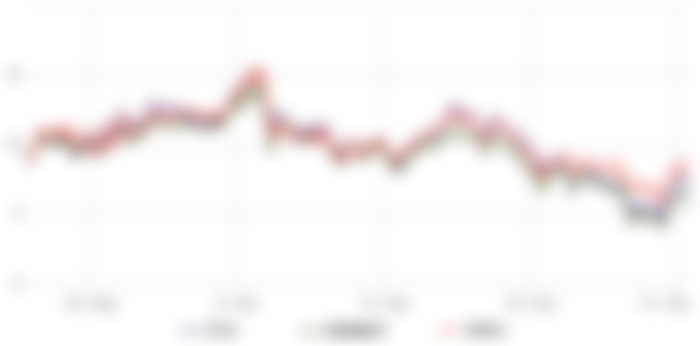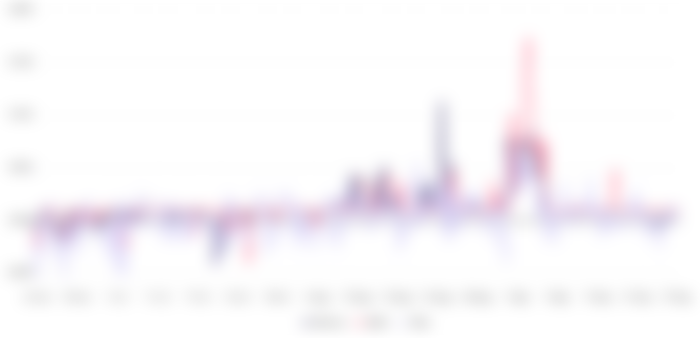Technical analysis is a contentious topic, but higher lows are often interpreted as a sign of strength. As of today, Ether (ETH) could be 30% below its May 12 high of USD 4,380, but the current price of USD 3,050 is 78% higher than the 6-month low of USD 1,700. To understand if this is a "glass half full" situation, one must analyze how retail and professional traders are positioning themselves in the derivatives markets.

On September 24, Chinese authorities announced new measures to curb the adoption of cryptocurrencies, prompting the second Ethereum mining pool (Sparkpool) to announce the cessation of its operations on Monday. According to Sparkpool, the measures are intended to ensure the security of users' assets in response to "regulatory policy requirements."
Binance also announced that it would suspend fiat deposits and spot cryptocurrency trading for users residing in Singapore, by requests from local authorities. Huobi, another of Asia's leading derivatives and spot exchanges, also announced that it would withdraw accounts for users based in mainland China by the end of the year.
Professional traders are neutral, but fear is starting to creep in
To assess whether professional traders are biased to the upside, you have to start by analyzing the futures contract premium, also known as the basic rate. This indicator measures the difference in prices between futures contract quotes and the regular spot market.

Professional traders and arbitrage desks prefer quarterly Ether futures to other securities. Although its settlement date and the price difference with spot markets may appear difficult to ordinary traders, its most major advantage is the lack of a variable funding rate.
Three-month futures typically change hands at an annualized premium of between 5% and 15%, comparable to the stablecoin borrowing rate. By deferring settlement, sellers demand a higher price, leading to the price differential.
As shown above, Ether's drop below USD 2,800 on September 26 caused the prime rate to test the 5% threshold. It did so again on Monday, though.
Retail traders tend to prefer perpetual contracts (reverse swaps), where a fee is charged every 8 hours based on which side demands more leverage. So, to understand if longs (buyers) are panicking due to the recent news flow, one must analyze the funding rate of the futures markets.

In neutral markets, the financing rate tends to be positive, ranging from 0% to 0.03 percent. This amount equates to 0.6 percent per week and demonstrates that the buyers are responsible for it.
Between September 1 and September 7, there was a moderate spike in the funding rate, but it dissipated when a sudden drop in the cryptomarket led to USD 3.54 billion worth of future contract liquidations. Apart from a few brief, slightly negative periods, the indicator has remained stable since then.
Both professional traders and retail investors seem to be unaffected by the recent visit to the 2,800 support. However, the situation could reverse quickly, and "fear" could emerge if Ether falls below that price level, which has remained strong for 52 days.


